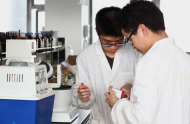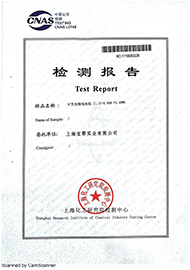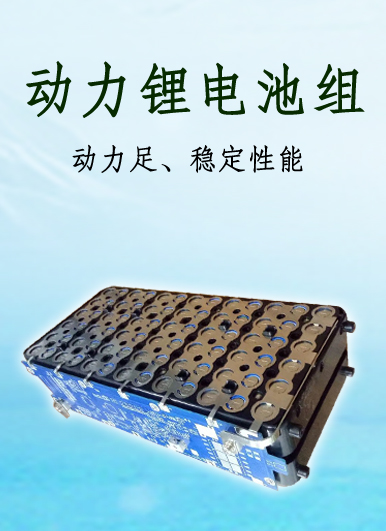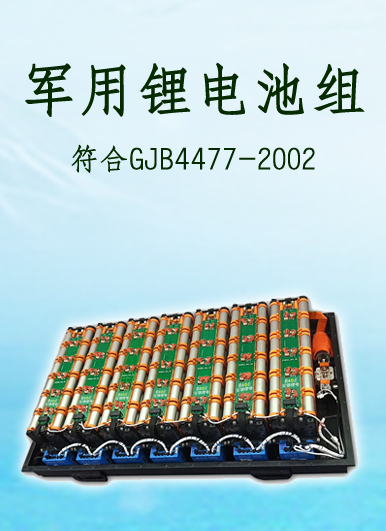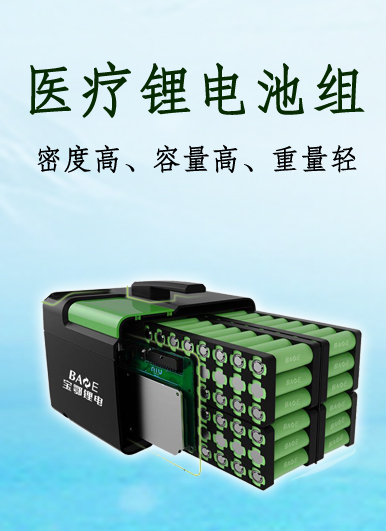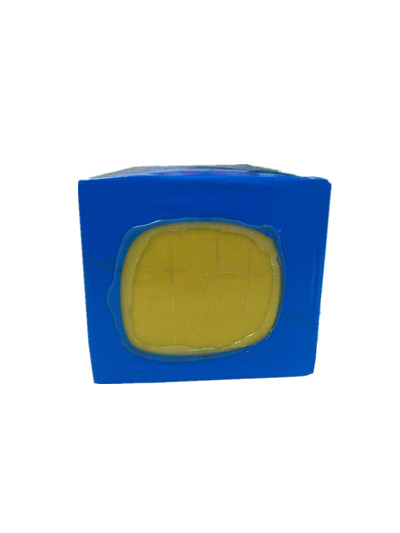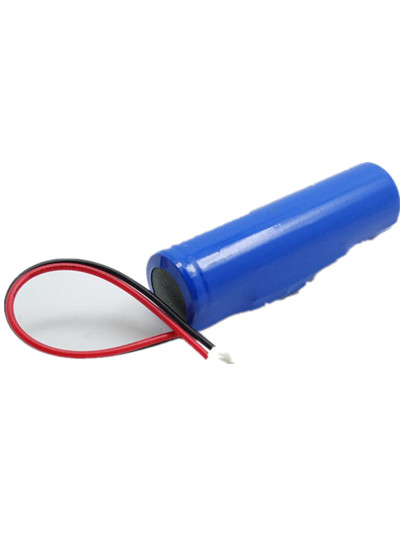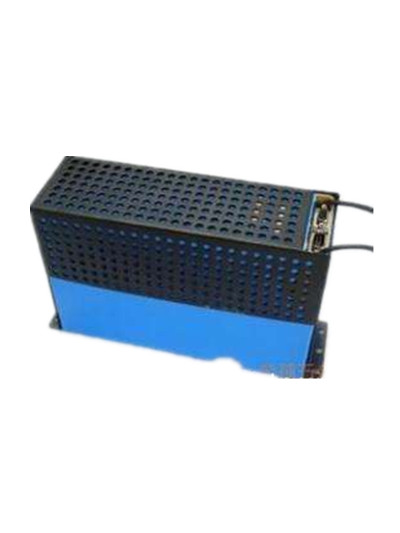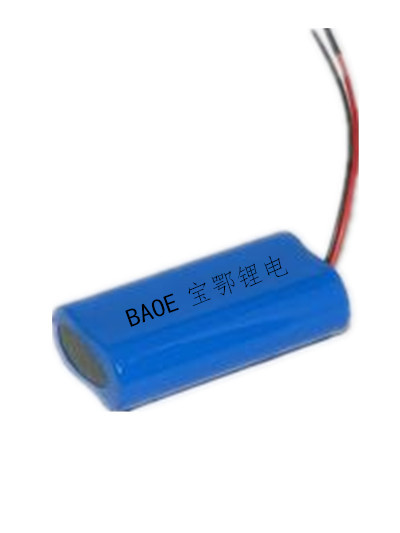There are two main ways of recycling. One is recycling. In Japan, 711 convenience stores use recycled batteries to cool beer. In Europe, they blame them for storing energy for homes and power grids.
The other way is rough, but it's not easy. It's disassembly. Waste lithium batteries need to be disassembled, crushed, sorted, plastic and iron shell recycled after disassembly, and then alkali leaching, acid leaching and other procedures for the extraction of electrode materials.
Current Market Recycling Policy
At present, the direction of power battery recycling in our country is to use it step by step and then disassemble and recycle it. The typical one is the Chinese Tower. As an enterprise of communication infrastructure construction, the Chinese Tower has a large demand for batteries. It is reported that as of March this year, the Chinese Tower has nearly 200,000 base stations in the country. A total of 25 GWh batteries are used in the tower. This is equivalent to the loading capacity of 60,000 electric vehicles, accounting for 50% of the current market decommissioned batteries.
On August 1, 2018, the Interim Measures for the Management of Recycling and Utilization of Power Batteries for New Energy Vehicles jointly formulated by the Ministry of Industry and Information, the Ministry of Science and Technology, the Ministry of Environmental Protection, the Ministry of Transport, the Ministry of Commerce, the General Administration of Quality Supervision and Inspection and the Energy Administration were formally implemented. The "Measures" clearly stipulate that battery manufacturers must formulate coding information for power batteries according to the regulations, and fill in the information online to realize online management. At the same time, it is clear that automobile enterprises are the main body of power battery recycling, and the responsibility of eliminating power battery recycling should be implemented through 4S and other outlets. After 4S recycling, it is transported back to the vehicle enterprise, after testing the battery performance, it is determined whether to use the batteries step by step or regenerate according to the battery condition, and transferred to the relevant battery recycling enterprises. However, in the face of the growing new energy market, such volume is far from enough.
Difficulty in Defining Battery Attenuation
Attenuation of power batteries is a normal phenomenon, but the problem is that after attenuation of power batteries, there are no clear policy provisions on how to repair and replace them. Generally speaking, power batteries with attenuation of more than 20% are no longer suitable for new energy vehicles.
However, most of the enterprises have not made clear the evaluation of the attenuation degree of power batteries. Only Beiqi New Energy, BYD, SAIC and other automobile companies have promised to replace the attenuation degree of power batteries by 20%. At present, battery detection mainly depends on manufacturers, and the detection methods are different, which is more passive for consumers. In view of the chaotic situation of power battery quality assurance, how to define the attenuation standard and whether a unified standard is needed are the problems to be solved.目前主流的回收方式有两种,一种是回收再利用,比如在日本的711便利店就利用回收电池来冰镇啤酒,在欧洲责备用来为家庭和电网存储能源。
另一种方式比较粗暴,但却并不简单,那就是拆解。报废的锂电池需要对其进行拆解、粉碎、分选,拆解之后的塑料以及铁外壳回收,然后再对电极材料进行碱浸出、酸浸出等多种程序之后再进行萃取。
市场现行回收政策
目前我国针对动力电池回收的指导方向是先梯次利用、再拆解回收。比较具有代表性的就是中国铁塔,作为通讯设施基础建设的企业,中国铁塔有着大量的电池需求,据悉截至今年3月中国铁塔在全国建设有近20万个基站,共计使用梯次利用电池2.5GWh,这相当于6万辆电动车的装载量,占目前市场退役电池的50%。
在2018年8月1日,工信部、科技部、环境保护部、交通运输部、商务部、质检总局、能源局联合制定的《新能源汽车动力蓄电池回收利用管理暂行办法》正式实施。该《办法》中明确规定电池生产厂商必须按规定给动力电池制定编码信息,并在网上填报,实现网上管理。同时明确车企是动力电池回收的主体,要通过4S等网点落实淘汰动力电池的回收责任。4S回收后,运回车企,对电池性能进行检测后,根据电池状况确定到底是进行梯次利用还是再生利用,并移交给相关电池回收利用企业。但面对日渐庞大的新能源市场,这样的体量还远远不够。
电池衰减界定困难
动力电池出现衰减本属于正常现象,但问题在于,动力电池出现衰减后,如何进行维修和置换尚没有明确政策条款规定。一般来说衰减超过20%的动力电池就已经不再适合新能源车使用。
但是,大部分企业对于动力电池衰减程度的评判并没有明确说明,仅有北汽新能源、比亚迪、上汽等车企给予20%动力电池衰减度置换的承诺。目前电池检测主要依赖于厂家,检测方法方式都有所不同,对消费者来说比较被动。鉴于动力电池质保乱象,衰减标准如何界定、是否需要统一标准是继续解决的问题。現在主流の回収方式は2つあります。一つはリサイクルです。例えば、日本のセブンイレブンでは電池を回収してビールを冷やし、ヨーロッパでは家庭や電気網のためのエネルギーを保存すると非難しています。
もう一つの方法は乱暴ですが、簡単ではないです。それは分解です。廃棄するリチウム電池は分解、粉砕、選別を行い、分解したプラスチック及び鉄の外郭を回収し、電極材料にアルカリ浸出、酸浸出などの各種の手続きを行ってから抽出する必要があります。
市場の現行回収政策
現在、中国は動力電池の回収についての指導方向は先に棚次利用して、分解して回収することです。代表的なのは中国タワーで、通信施設のインフラとして建設された企業で、中国タワーには大量の電池需要があるということです。今年3月までに、中国タワーは全国に20万近くの基地局を建設し、台数を使って電池を2.5 GW使うということです。これは6万台の電気自動車の積載量に相当し、現在の市場の引退電池の50%を占めています。
2018年8月1日に、工業情報部、科学技術部、環境保護部、交通運輸部、商務部、品質検査総局、エネルギー局が共同で制定した「新エネルギー自動車動力バッテリー回収利用管理暫定弁法」が正式に実施された。この「弁法」では、電池メーカーが規定に従って動力電池にコード情報を作成し、オンラインで新聞を作成し、ネット上で管理しなければならないことを明確に規定しています。同時に、自動車企業が動力電池の回収主体であることを明確にし、4 Sなどの拠点を通じて、動力電池の回収責任を徹底する。4 S回収後、自動車会社に戻り、電池の性能を測定した後、電池の状況によって、棚次利用か再生利用かを確定し、関連バッテリーの回収利用企業に移管する。しかし、膨大な新エネルギー市場に直面して、このような量はまだまだ足りない。
電池の減衰が難しい
動力電池の減衰は本来は正常な現象であるが、問題は、動力電池が減退した後、どのように修理と置換するかはまだ政策条項の規定が明確にされていないことである。一般的に20%を超える減衰バッテリーは、もはや新エネルギー車には適していません。
しかし、大部分の企業は動力電池の減衰度合いについて明確に説明していません。北汽新エネルギー、比亜迪、上汽などの自動車企業だけが20%の動力電池の減衰度の置き換えを約束しています。現在のバッテリー検査は主にメーカーに依存しています。測定方法は全部違っています。消費者にとって受動的です。動力電池の品質保証の乱像に鑑み、減衰基準はどのように定義され、統一基準が必要かどうかは引き続き解決する問題である。

